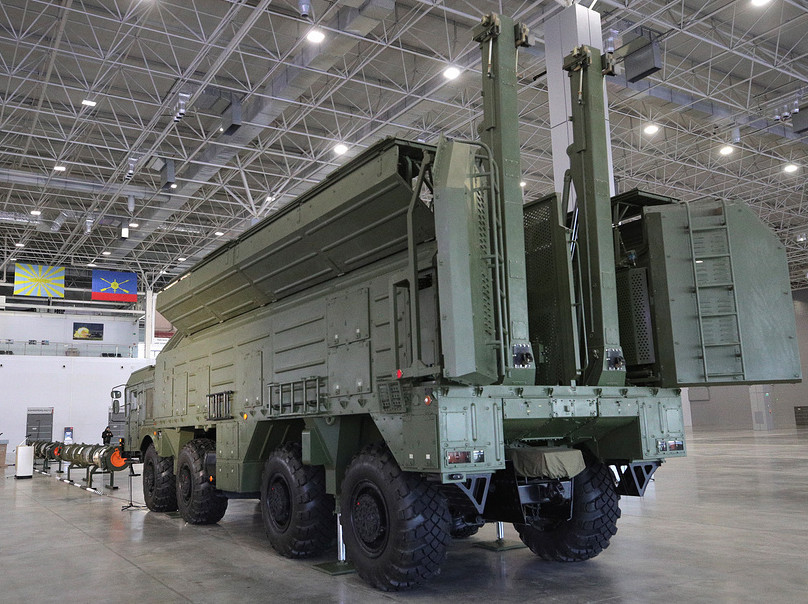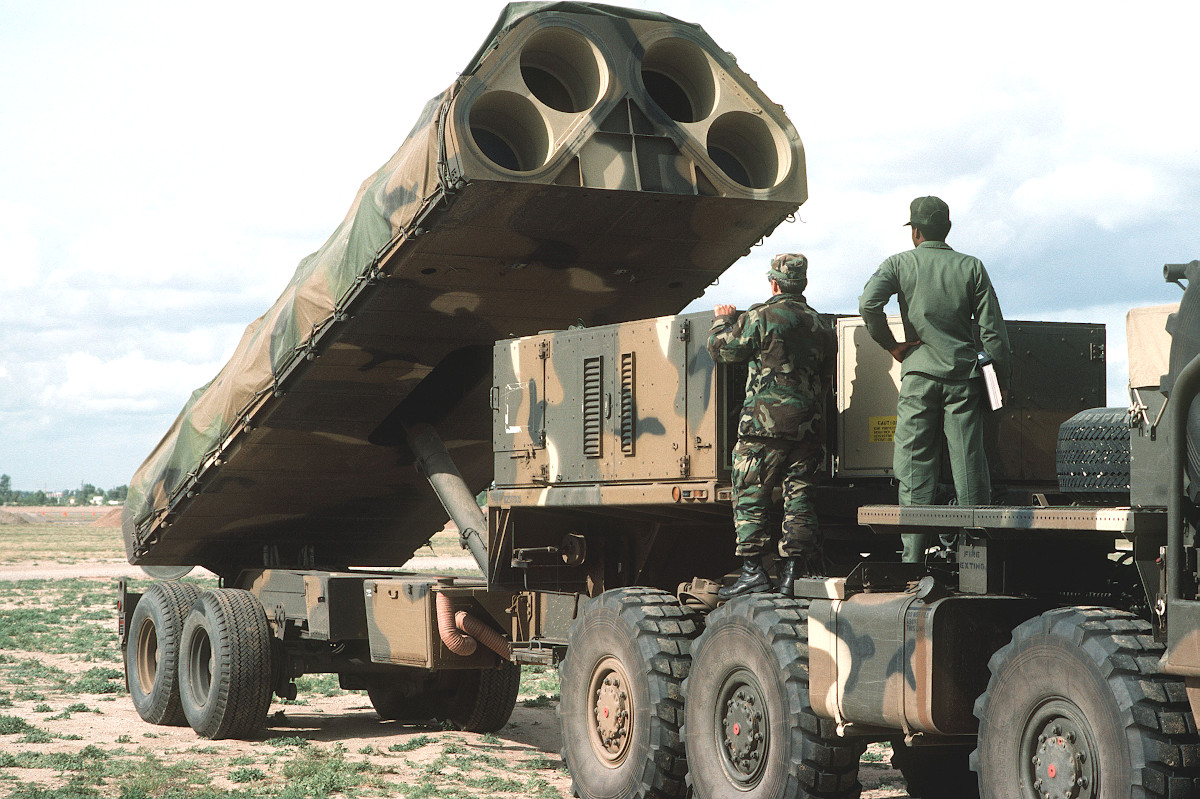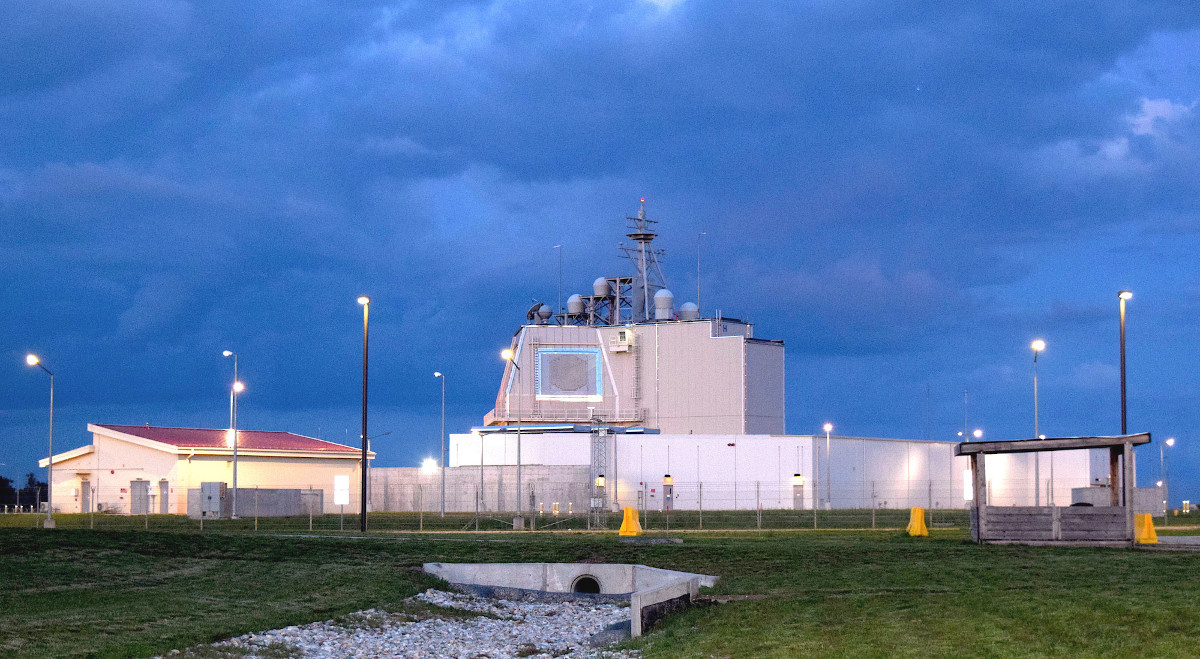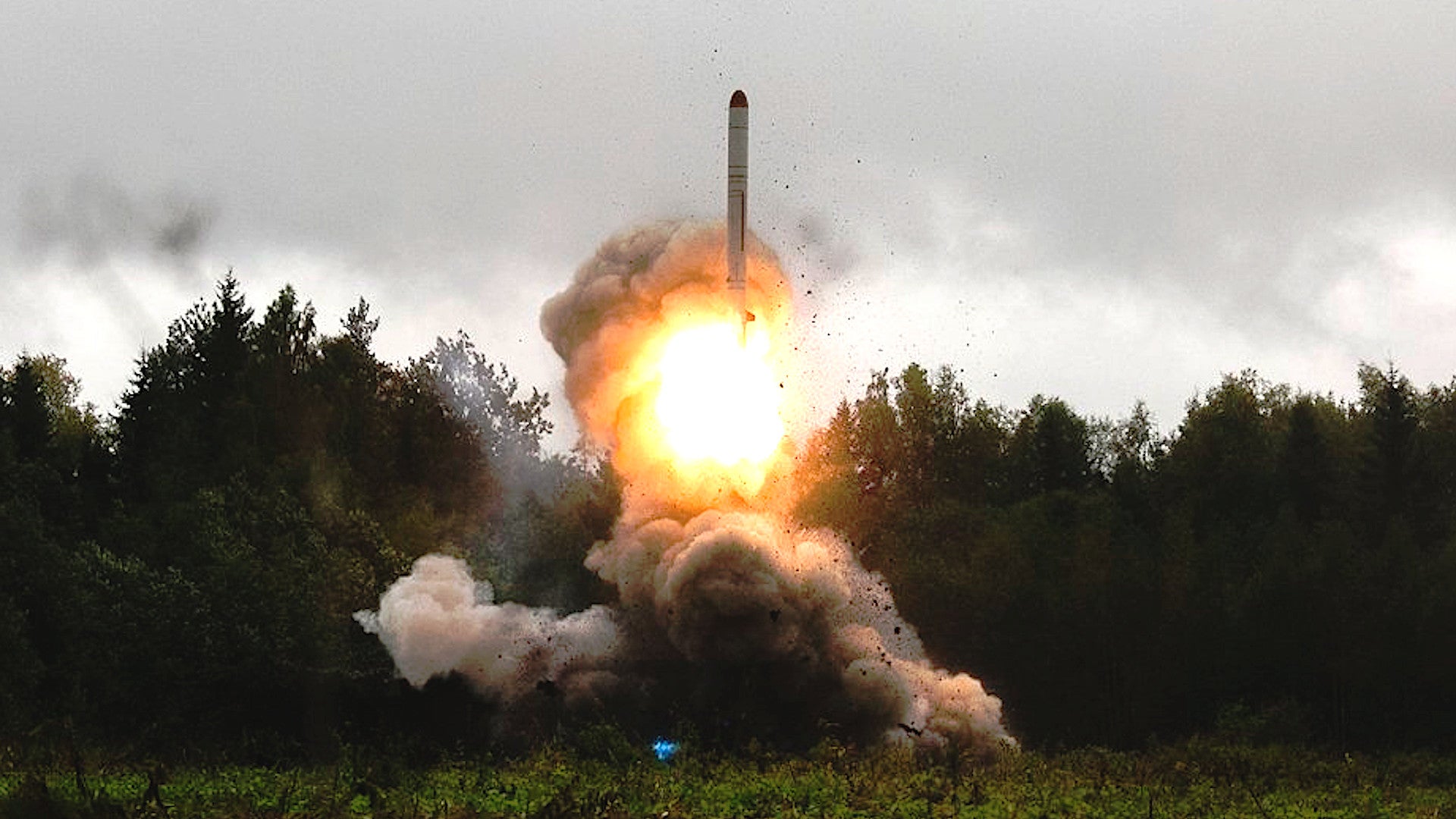With Russian and American officials still locked in negotiations over the future of the New Strategic Arms Reduction Treaty, or New START, the Kremlin has now put its controversial 9M729 ground-launched cruise missile on the table as part of a separate arms control pitch. While Moscow continues to deny it, Washington and its NATO allies say this weapon, also known as the SSC-8 “Screwdriver,” violated the terms of the Cold War-era Intermediate-Range Nuclear Forces Treaty, or INF, and it directly led to that agreement’s final collapse last year.
Russian President Vladimir Putin issued a formal statement on “additional steps to de-escalate the situation in Europe in the wake of the termination of the Intermediate-Range Nuclear Forces Treaty” via the Kremlin’s website on Oct. 26, 2020. This comes more than a year after the U.S. government formally withdrew from the INF over the 9M729/SSC-8.
“Given the unrelenting tension between Russia and NATO, new threats to European security are becoming evident,” Putin’s statement says. “Under these circumstances, active efforts are required to reduce the deficit of trust and to strengthen regional and global stability, as well as to reduce the risks arising from misunderstandings and disagreements in the sphere of missile weapons.”
The most significant component of Putin’s new post-INF offer is some sort of unspecified “verification measure” that would prove to the United States that there are no 9M729/SSC-8s in its Kaliningrad enclave now and that it would stay that way in the future. This Russian territory, which lies on the Baltic Sea, is geographically separated from the rest of the country, sandwiched between Lithuania and Poland, two NATO members.

The highly strategic enclave, which is home to major air and naval bases, offers the Russian military an extension of anti-access and area denial bubble in the region, including through the deployment of surface-to-air missile systems and ground-based anti-ship cruise missiles. It also offers a valuable forward base for ballistic missiles and ground-launched land-attack cruise missiles, including the 9M729/SSC-8.
The exact maximum range of the 9M729/SSC-8 is unclear, but the U.S. government said that it violated the INF, which prohibited the United States and Russia from fielding ballistic and ground-based cruise missiles able to hit targets between 300 and 3,400 miles away. With a range of around 1,500 miles, this weapon would be able to hit anywhere in Europe from Kaliningrad. You can read more about what is known as the 9M729/SSC-8 in this past War Zone piece.
In exchange, what Putin is asking for primarily is access to U.S. Aegis Ashore missile defense sites in Europe so that Russian inspectors can similarly verify that they won’t be able to launch offensive weapons. While the INF was in effect, the Kremlin routinely accused the United States of violating the deal with Aegis Ashore. However, the U.S. military has long publicly said that the variant of the Mk 41 Vertical Launch System that Aegis Ashore uses lack the fire control components necessary to launch land-attack strike weapons, such as the Tomahawk cruise missile, and there are no plans to install them in the future. Russia has also contended that Aegis Ashore threatens its nuclear deterrent capabilities, something the system is in no way capable of doing.

Putin’s statement appears to offer to keep the 9M729/SSC-8 out of Kaliningrad as long as the United States, or any other NATO member, do not field missiles that would have been covered on the defunct INF treaty in Europe. Since the agreement’s collapse, the U.S. military has initiated the development of a variety of previously banned weapons, including a ground-based Tomahawk system and a new ballistic missile. The U.S. Army has also now announced that it plans for its future ground-launched Precision Strike Missile (PrSM), now unrestricted by the INF, to have a maximum range of up to 930 miles.


“Remaining committed to the consistent position on the full compliance of the 9M729 missile with the provisions of the previously existing INF Treaty, the Russian Federation, nevertheless, is ready, in the spirit of goodwill, to continue not to deploy 9M729 missiles in European Russia, but do so only provided NATO countries take reciprocal steps that preclude the deployment of the weapons earlier prohibited under the INF Treaty in Europe,” Putin’s statement said, reiterating Russia’s position that the 9M729/SSC-8 did not violate the INF.
It remains to be seen whether the U.S. government will respond favorably to Putin’s offer and whether it would be possible for either side to agree to verification mechanisms that satisfy their respective concerns. The United States had previously offered Russia opportunities to inspect the Aegis Ashore sites over INF compliance, but the Kremlin declined. The Russian government also denied the very existence of 9M729/SSC-8 for years before officially revealing it and then claiming it was not in violation of the treaty.
Also, the 9M729/SSC-8 uses a transporter-erector-launcher that is road-mobile and air-transportable, making it very easy for Russia to deploy the weapons to Kaliningrad on short notice, should it decide to abrogate its part of this new deal. Its range means it would still be very capable, especially against targets in Scandinavia and Eastern Europe, from within Russia proper, as well.
It’s not clear from Putin’s statement whether the Kremlin would be willing to accept the U.S. government making similar arrangements to rapidly deploy its own post-INF weapons to Europe as being within the spirit of the proposed moratorium. There is a possibility that both sides could look to expand Putin’s offer to a continent-wide moratorium, as well.

Beyond that, the U.S. government could potentially see this as a way to mitigate potential threats in Europe, to its interests and those of its allies, while still offering the opportunity to field post-INF weapons in the Asia-Pacific region with an eye toward challenging China. Before the final collapse of the INF, the United States had also argued that the treaty had outlived its purpose, regardless of any Russian violations, and had given the Chinese an unrestricted advantage in the categories of weapons it covered.
Still, Putin’s statement suggests that there is a hope that there could be a freeze on the deployment of these weapons in that part of the world, where Russia also has its own interests, as well. “We also call on all the stakeholders to search for ways to maintain stability and prevent missile crises ‘in a world without the INF Treaty’ as it applies to the Asia-Pacific region,” the statement added. Critics of withdrawing from the treaty have also raised concerns about potential future arms races in both Europe and Asia.
No matter what, it is interesting that Putin is publicly offering up restrictions of any kind on the deployment of the 9M729/SSC-8 in exchange for what, at least on the surface, appear to be relatively limited concessions. The Kremlin could see additional future value in trying to get Washington back to the negotiating table on INF-like arms control arrangements now. It also presents another opportunity to frame the U.S. government as being solely responsible for killing the treaty and creating new uncertainty and instability in Europe and elsewhere, which could be useful for domestic and foreign propaganda purposes.

All of this also comes at a time when the United States and Russia appear to be deadlocked over what to do about the strategic-focused New START deal, which is set to expire in a matter of months absent a formal agreement to extend it. With regard to that treaty, the Kremlin has offered the possibility of a one-year extension with no preconditions, while Washington wants a freeze in the total numbers of nuclear weapons on both sides, as well.
There is a very real possibility that Washington’s negotiation position, as well as its general stance on arms control, could change dramatically in the very near future if President Donald Trump loses his re-election bid to former Vice President and Senator Joe Biden in the upcoming election in November. The Russian government’s proposed short-term New START extension may well have arisen, in part, from a desire to wait and see what administration the Kremlin will be dealing with next year. This new post-INF offer could similarly be intended as a signal to a possible future Biden Administration about its willingness to go back to the negotiating table on other issues, too.
All told, neither Moscow nor Washington look headed toward cutting a new INF-style treaty, but this new Kremlin pitch could offer a framework for the two countries to begin talking anew about confidence-building measures and what they might want from the other in the post-INF world.
Contact the author: joe@thedrive.com
